Peppermint is a refreshing and versatile herb that can be easily grown in home gardens. This comprehensive guide covers everything you need to know about cultivating peppermint, from choosing the right variety and planting techniques to caring for and harvesting your fragrant crop. Whether you’re an experienced gardener or a beginner, this article will provide you with practical tips and step-by-step instructions to ensure a bountiful and successful peppermint harvest. Discover the many uses of this aromatic herb and learn how to incorporate it into your culinary creations, DIY projects and more.
Peppermint is a beloved herb known for its refreshing aroma and cool, invigorating flavor. Whether you’re looking to add a burst of mint to your culinary creations, brew a soothing cup of tea or incorporate it into your DIY projects, growing your own peppermint can be a rewarding and practical endeavor. In this comprehensive guide, we’ll explore everything you need to know to cultivate a thriving peppermint patch right in your backyard.
Here’s an easy chart for Peppermint:
| Aspect | Information |
|---|---|
| Botanical Name | Mentha × piperita |
| Common Name | Peppermint |
| Plant Type | Herbaceous perennial |
| Zones | 3-11 |
| Sun Exposure | Full sun to partial shade |
| Soil Type | Well-draining, moist, fertile soil |
| Watering | Regular; keep soil consistently moist |
| Growth Habit | Spreading, vigorous |
| Height/Spread | 1-3 feet tall, spreading widely |
| Special Features | Fragrant, culinary and medicinal uses, attracts pollinators |
Choosing the Right Variety
While there are many varieties of peppermint available, some are better suited for home gardening than others. Here are a few popular options to consider:
Black Mitcham
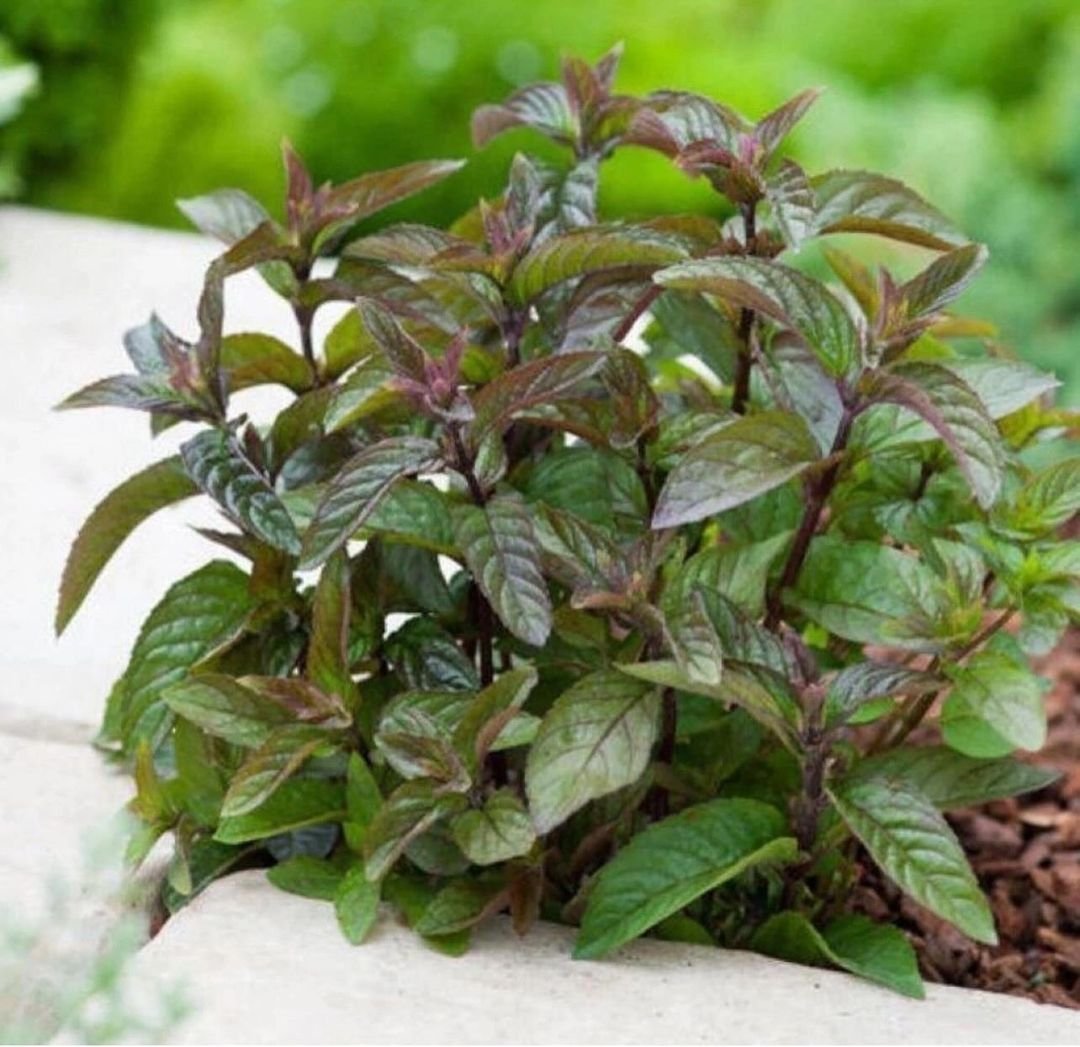
Here’s a detailed short information chart for Black Mitcham peppermint:
| Feature | Description |
|---|---|
| Botanical Name | Mentha × piperita ‘Black Mitcham’ |
| Plant Type | Perennial |
| Soil Type | Prefers chalk, clay, loam and sandy soils |
| Color Varieties | Dark green leaves with bronze flush and dark red; pale purple flowers |
| Zones | USDA zones 4-9 |
| Exposure | Full sun to partial shade |
| Bloom Time | Summer to early autumn |
| Height | Up to 40 cm (0.4 meters) |
| Spread | Up to 90 cm (0.9 meters) |
A classic variety with deep green leaves and a strong, traditional peppermint flavor.
Chocolate Mint
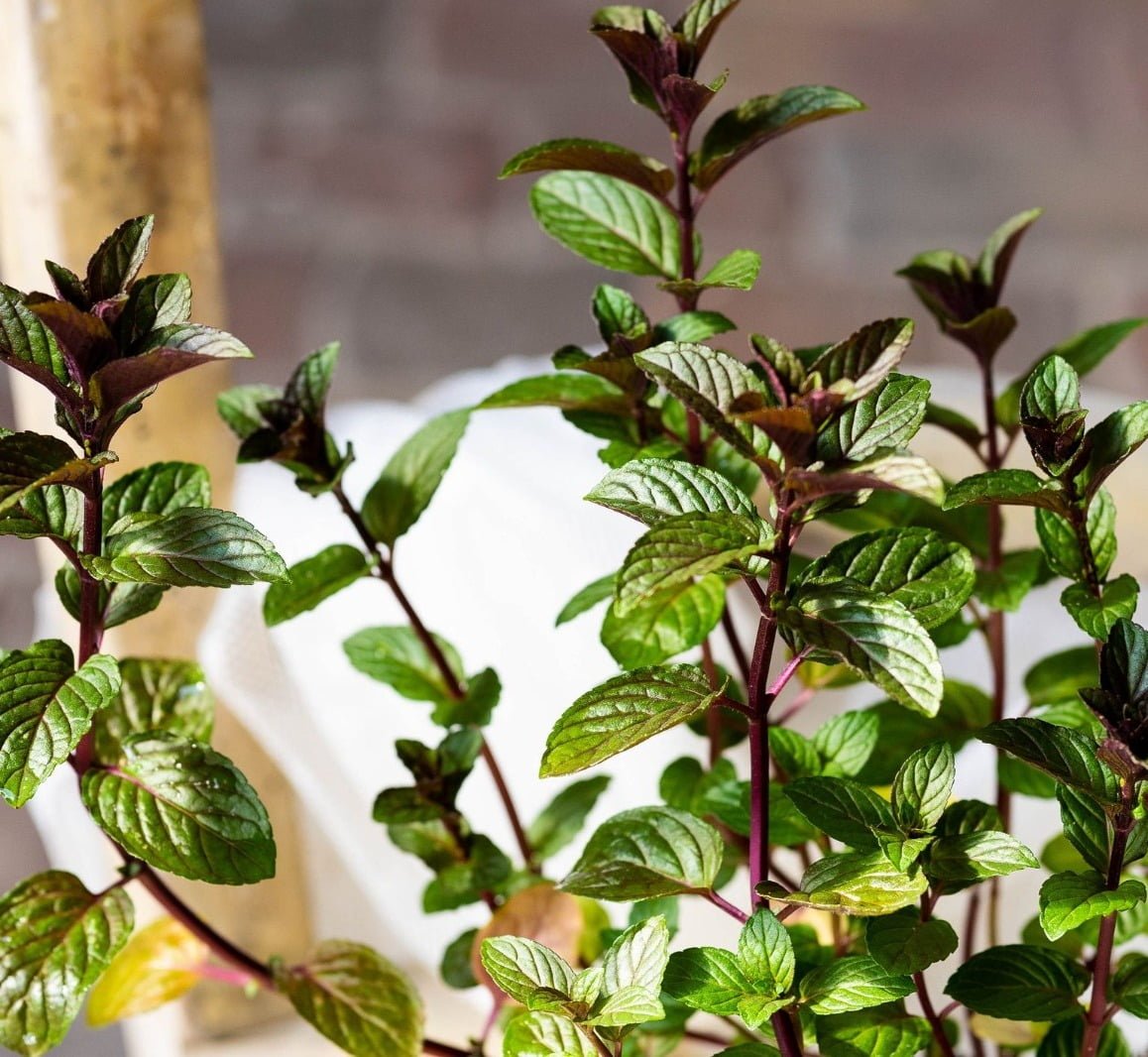
Here’s a detailed short information chart for Chocolate Mint:
| Feature | Description |
|---|---|
| Botanical Name | Mentha × piperita f. citrata ‘Chocolate’ |
| Plant Type | Herbaceous perennial |
| Soil Type | Rich, moist soil |
| Color Varieties | Dark green leaves with purple undersides and dark stems; lavender, pink flowers |
| Zones | USDA zones 5a–9a |
| Exposure | Full sun to part shade |
| Bloom Time | Mid- to late summer |
| Height | 1–2 ft. tall |
| Spread | 1–2 ft. wide |
As the name suggests, this variety has a unique chocolate-mint flavor profile.
Eau de Cologne Mint
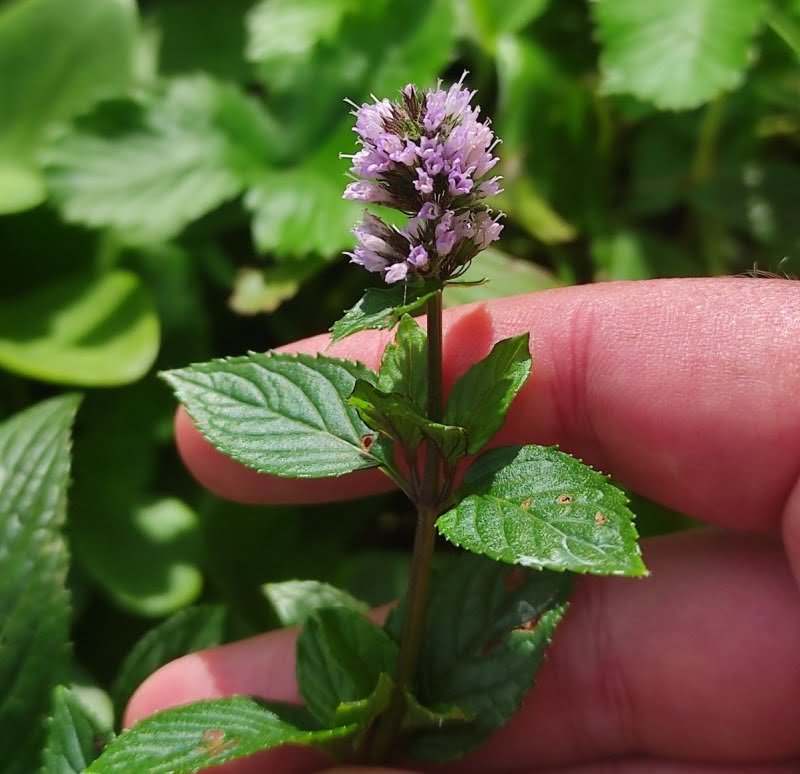
Here’s a detailed short information chart for Eau de Cologne Mint:
| Feature | Description |
|---|---|
| Botanical Name | Mentha aquatica var. citrata |
| Plant Type | Herbaceous perennial |
| Soil Type | Prefers moist but well-drained, can tolerate poorly-drained soil |
| Color Varieties | Dark purple stems, oval leaves tinged with purple, tiny pale purple flowers |
| Zones | USDA zones 3-9 |
| Exposure | Full sun to partial shade |
| Bloom Time | Late summer |
| Height | 0.1–0.5 meters |
| Spread | 1–1.5 meters |
Prized for its delightful citrusy aroma and flavor.
Variegated Peppermint
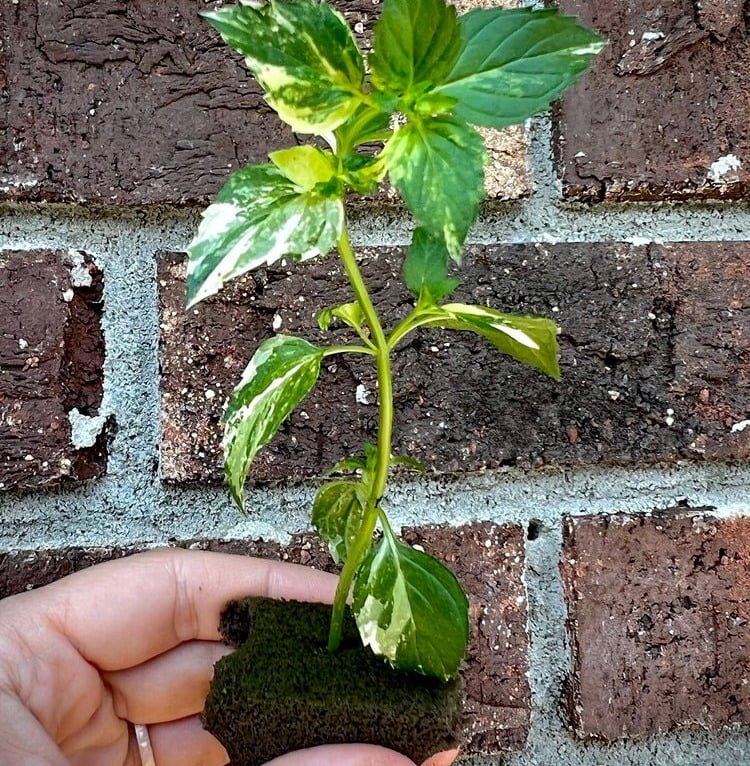
Here’s a detailed short information chart for Variegated Peppermint:
| Feature | Description |
|---|---|
| Botanical Name | Mentha x piperita ‘Variegata’ |
| Plant Type | Herbaceous perennial |
| Soil Type | Fertile, humus-rich, well-drained soil |
| Color Varieties | Dark green leaves variegated with cream, light mauve flowers |
| Zones | USDA zones 3-7 |
| Exposure | Full sun to partial shade |
| Bloom Time | Summer |
| Height | 18-24 inches (46-61 cm) |
| Spread | 18-24 inches (46-61 cm) |
This variety features attractive green and white striped leaves, making it a visually appealing addition to your garden.
When selecting your peppermint variety, consider factors such as flavor preferences, intended uses and growing conditions in your area.
Planting and Propagation
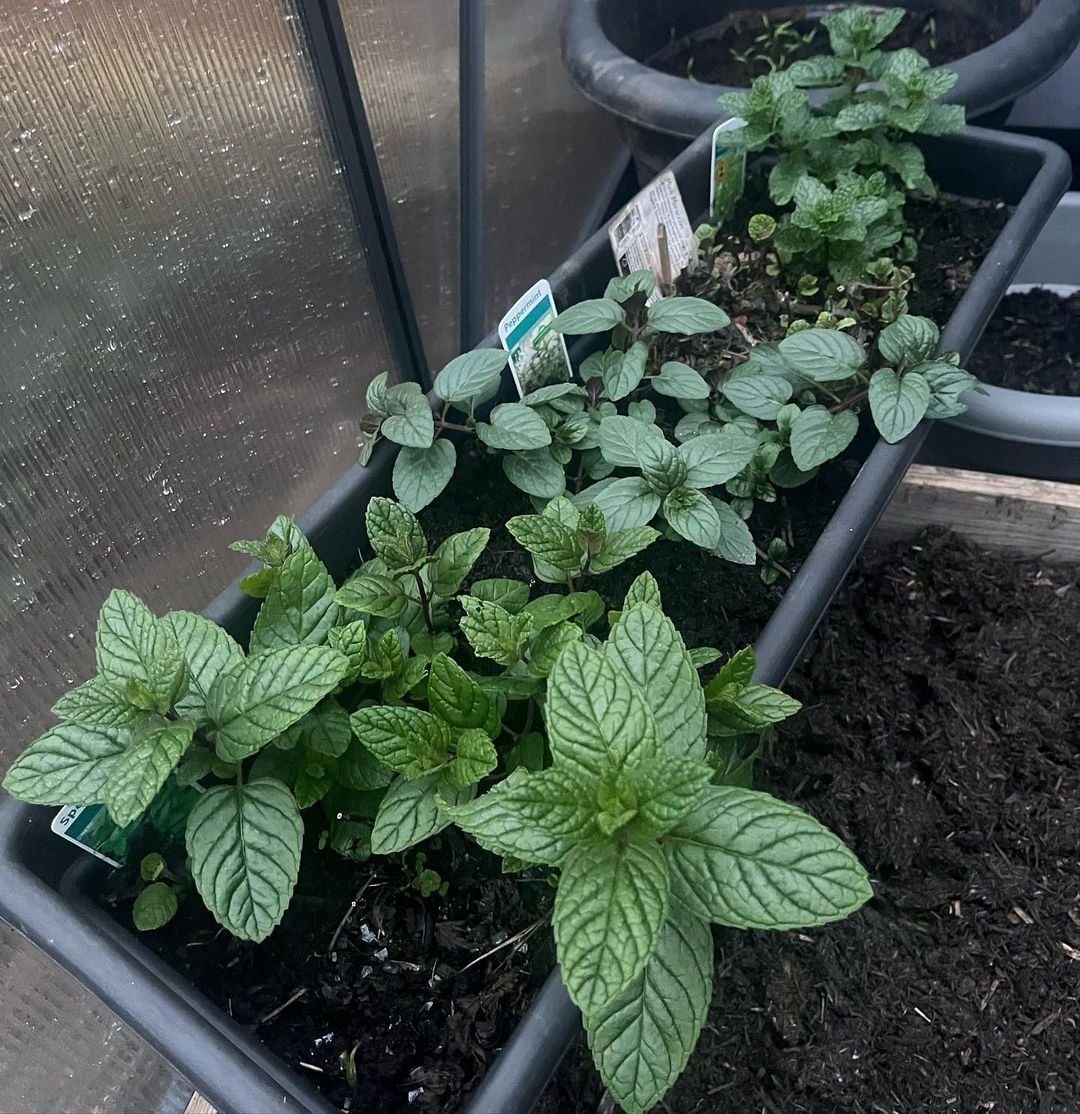
Peppermint is a hardy perennial that can be grown from seeds, cuttings or transplants. However, propagating from cuttings or transplants is often easier and faster than starting from seeds.
If using cuttings or transplants, choose young plants with healthy roots and shoots. Plant them in well-draining soil, spacing them about 18-24 inches apart. Peppermint prefers full sun to partial shade and moist, nutrient-rich soil.
If starting from seeds, sow them indoors about 8-10 weeks before the last expected frost date in your area. Once the seedlings are established, transplant them outdoors after the danger of frost has passed.
Caring for Your Peppermint
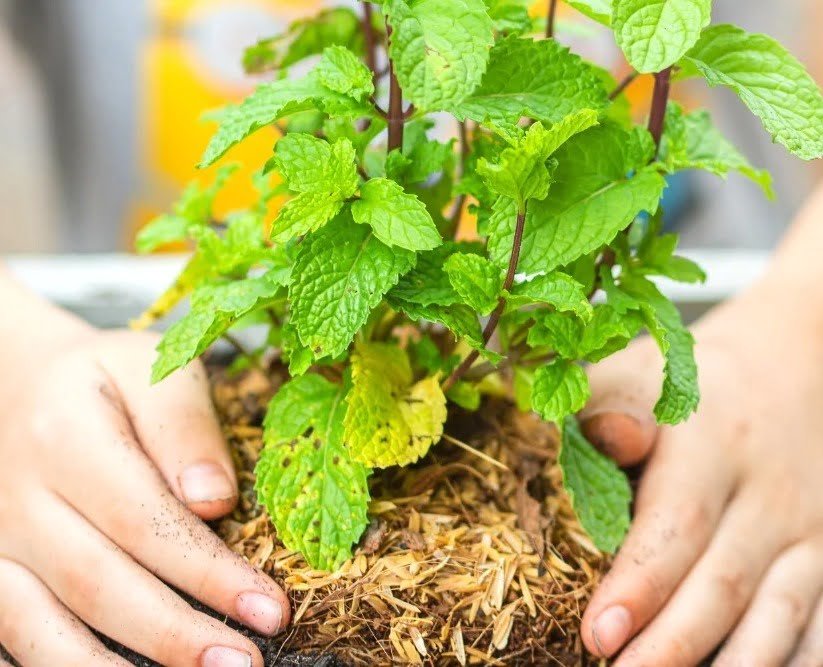
Peppermint is a relatively low-maintenance herb, but proper care will ensure a bountiful and healthy harvest. Here are some tips to keep in mind:
Watering
Peppermint thrives in moist soil, so water regularly, especially during hot, dry periods. Avoid letting the soil dry out completely.
Mulching
Apply a 2-3 inch layer of organic mulch around the plants to help retain moisture and suppress weeds.
Pruning
Regular pruning encourages bushier growth and prevents the plant from becoming leggy. Pinch back the tips of the stems throughout the growing season.
Containment
Peppermint can be invasive, so consider growing it in raised beds or containers to prevent it from spreading throughout your garden.
Harvesting and Using Peppermint
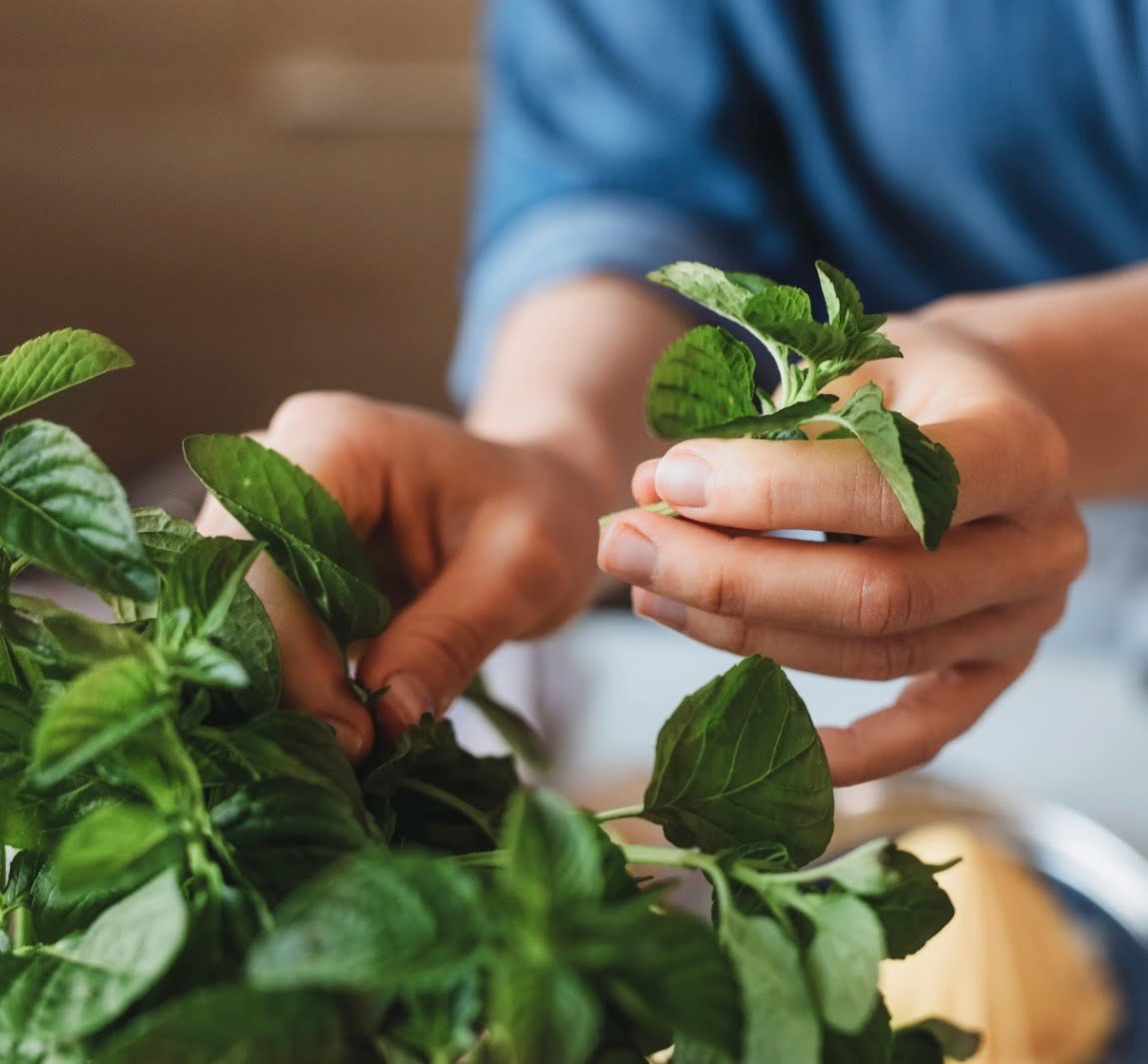
Peppermint can be harvested throughout the growing season, with the best flavor and aroma occurring just before the plant blooms. Here’s how to harvest and use your fresh peppermint:
Harvesting
Use sharp scissors or pruners to snip off the stems, leaving a few inches of growth to encourage bushier plants.
Fresh Use
Add fresh peppermint leaves to salads, drinks or use them to garnish desserts for a burst of cool, minty flavor.
Drying
To dry peppermint for longer-term storage, tie the stems into small bundles and hang them upside down in a warm, dry and well-ventilated area.
Freezing
Chop fresh peppermint leaves and freeze them in ice cube trays with a bit of water for easy use in drinks or recipes.
Extracts and Oils
Steep fresh or dried peppermint in vodka or oil to create flavorful extracts and infused oils for baking and DIY projects.
With its refreshing aroma, versatile flavor, and easy-to-grow nature, peppermint is a fantastic addition to any home garden. By following these guidelines, you’ll be well on your way to enjoying a bountiful harvest of fresh, homegrown peppermint for all your culinary and DIY needs.
Pingback: Hops Heaven: A Step-by-Step Guide to Growing Hops at Home
Pingback: Growing Peppermint at Home: Essential Care and Maintenance - Solano Garden